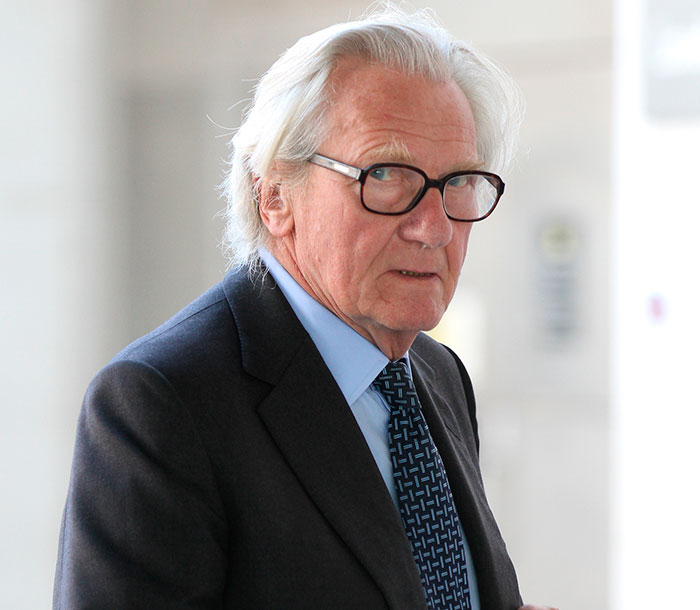 Last year, the great and the good of recent governments – two deputy prime ministers, former senior civil servants, an array of council leaders – gathered in Liverpool to celebrate the achievements of one in their midst.
Last year, the great and the good of recent governments – two deputy prime ministers, former senior civil servants, an array of council leaders – gathered in Liverpool to celebrate the achievements of one in their midst.
It was a homage to a bygone era of active government in the 1980s, 90s and 2000s and the dedication of one man: Lord Michael Heseltine. While his role in the city 30 years ago has become the stuff of legend, what cannot be disputed was a passion and determination to try to address years of neglect and urban decay.
Sure, we can over-romanticise an era when Heseltine famously promised to intervene before breakfast, lunch, tea or dinner in cities, regions and communities blighted by neglect. “All governments do it,” he once told me. “It’s just a question of how.” To which you might add: all governments except this one and its coalition predecessor.
Ten years ago, I was writing the history of a barely remembered organisation called English Partnerships, brainchild of Heseltine. It was born in 1993 to “promote the development of vacant, derelict... land throughout England, bring [it] back into use, stimulate local enterprise, create jobs, improve the environment”.
This was a very different world, yet to be engulfed by global financial meltdown. Austerity hadn’t bitten and the naysayers and small government ideologues had yet to assume control. Once they did, every element of regional apparatus – dedicated government offices, development agencies, regional plans – disappeared. Government retreated.
If English Partnerships never quite matched Heseltine’s vision of a full-blown English development agency, it at least was a solid base on which to build an interventionist structure – something exploited by John Prescott as deputy prime minister under Tony Blair. They represented active government. They travelled, made things happen. Has any subsequent minister matched their enthusiasm?
Today, we are left with a devalued, hollowed-out state, which lacks any capacity to intervene. With local government collapsing in some areas, you really despair of a cabinet whose chief secretary to the Treasury, Liz Truss, blissfully asserts that this administration is simply giving town halls more “flexibility” to raise money rather than reducing spending.
At least austerity is over according to Theresa May. Dream on. My nearest council, Newcastle, estimates its funding has been cut by £254m annually between 2010-2017. By 2020, its funding gap will rise to £283m. It gets worse. Around £2.4bn annually, which the worst-off places in the UK have been receiving from so-called EU structural funds, will disappear with Brexit. The government has promised to replace this with a UK ‘shared prosperity fund’ – although whether it can match EU funding is a moot point.
These places, often well away from big cities and pejoratively labelled ‘left behind’ or ‘post-industrial’, are crying out for attention. Across political parties, there’s a recognition that former coalfield communities, steel, seaside and mill towns have been forgotten by policymakers. As a result, the makings of a new, non-metropolitan urban agenda is slowly emerging.
This might explain why shadow chancellor John McDonnell promised that a future Labour government would end Treasury’s “bias against investing in regions outside London”.
Exactly how is not clear. But as mapping geographer Professor Alasdair Rae of the University of Sheffield suggested, creating a government department to coordinate policy outside London after Brexit would represent a new start for areas wearing what he dubs the “necklace of neglect”. But which heavy-hitter might lead it? ⦁



















